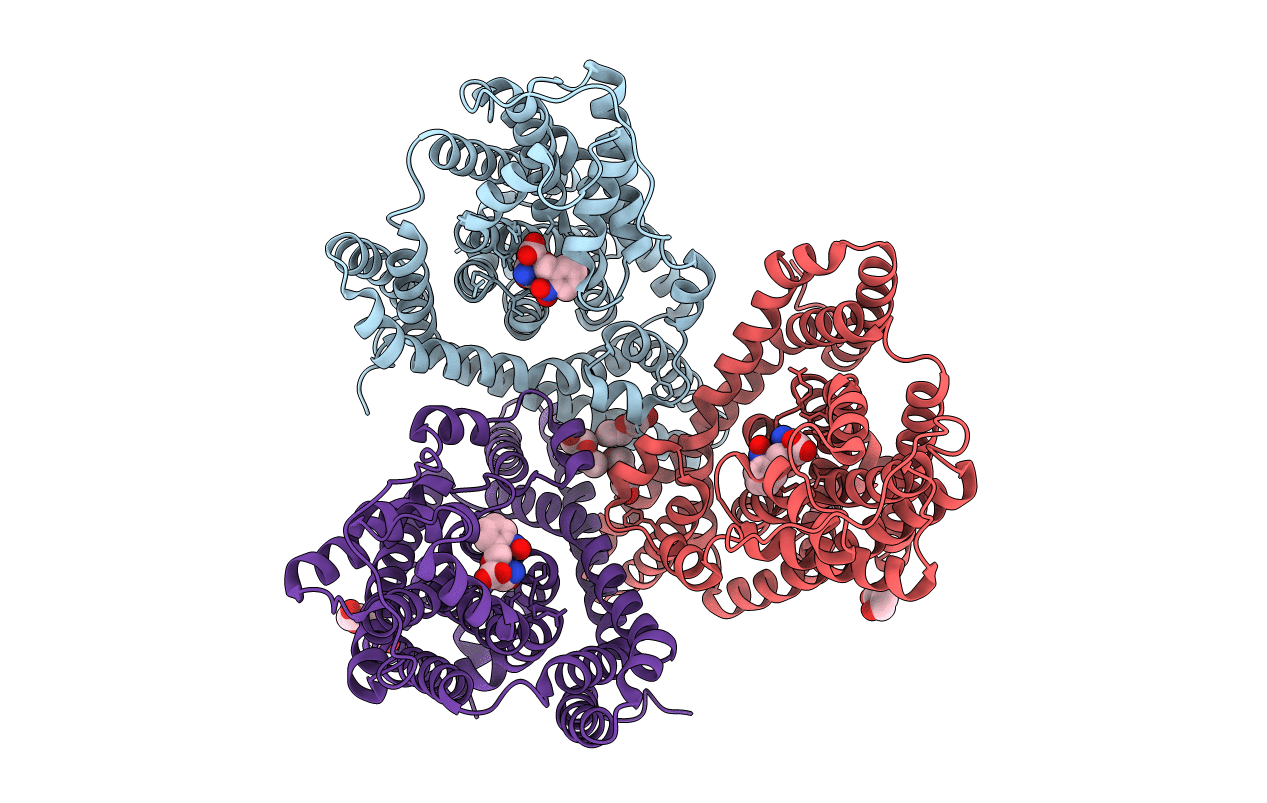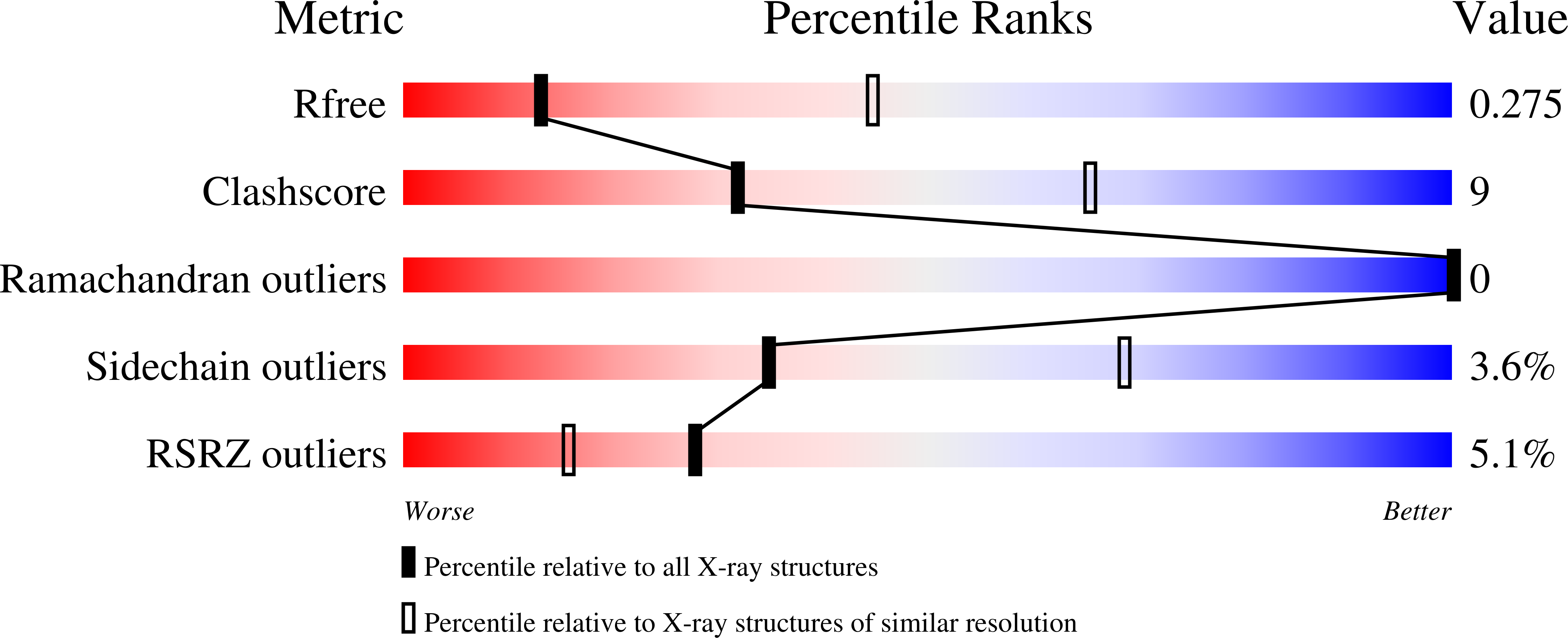
Deposition Date
2020-06-18
Release Date
2021-01-27
Last Version Date
2024-01-24
Entry Detail
PDB ID:
6ZGB
Keywords:
Title:
glutamate transporter homologue Glttk in complex with a photo cage compound
Biological Source:
Source Organism:
Host Organism:
Method Details:
Experimental Method:
Resolution:
3.20 Å
R-Value Free:
0.27
R-Value Work:
0.23
R-Value Observed:
0.23
Space Group:
P 32 2 1


